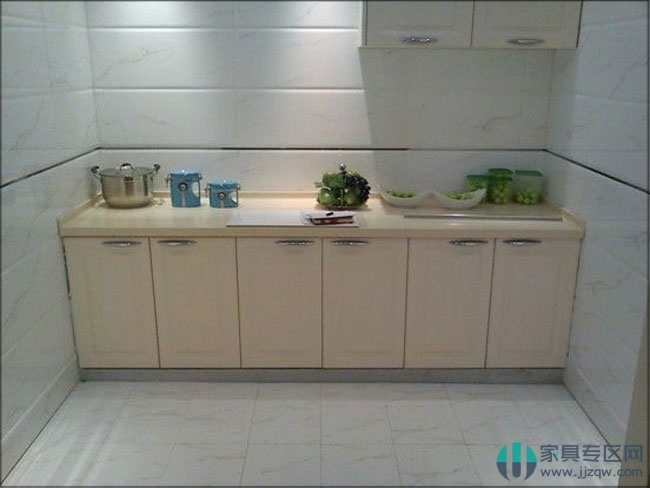The decline of wall tiles, the splendor of floor tiles At present, “Taochang Changzheng IV – 2017 China Ceramic Tile Capacity Survey and Large-scale Field Survey of National Production Area Development Status†has released Hubei, Hunan, Heilongjiang, Jilin, Yunnan, Guizhou, Chongqing, Inner Mongolia, Guangxi, Xinjiang, Qinghai, Tibet. Capacity data of 19 provinces (cities, autonomous regions) such as Anhui, Henan, Liaoning, Fujian, Jiangsu, Zhejiang, and Shanghai. Compared with 2014, the number of interior wall tiles (ceramic tiles) production lines in the above 19 provinces decreased by 41, the total daily production capacity decreased by 489,800 square meters, while the polished glazed tiles increased by 71, and the total daily production capacity increased by 1,331,200 square meters; The number of brick production lines increased by 87, and the total daily production capacity increased by 900,000 square meters. It can be seen from the above data that within three years, the production line and production capacity of wall tiles have been greatly reduced, and the floor tiles have increased sharply against the trend, with the highest growth several times, and the structure of wall and floor tiles has shown a two-level differentiation phenomenon. The wall on the floor tiles is becoming a trend The drastic reduction of wall tiles, in addition to the serious changes in the production capacity of wall tiles caused by the re-engineering of the company's production line, the decoration of the floor tiles on the wall is also a major factor. The floor tiles represented by polished glazed tiles have the advantages of good texture, large size, rich color and high flatness. The upper wall is more atmospheric, and it is sought after by consumers. The wall on the floor tiles has gradually become a trend. “The ceramic sheet has many pores, more moisture in the wet weather, and it is slowly released when the weather is dry. It is also a wet process. The floor tiles with water absorption can avoid these problems.†Some industry insiders believe that avoiding the humid environment is also An important factor in choosing the wall on the floor tiles. However, what is the difference between wall tiles and floor tiles? Are all floor tiles suitable for walling? The properties of the wall and floor tiles are different, and the wall on the floor tiles needs to be cautious. Theoretically, from the perspective of existing construction conditions and product performance, the upper wall of the floor tile is not suitable for all occasions. Because the floor tiles and wall tiles are not only decorative, but also because of the different space used, the required physical properties are not the same. As a floor decoration material, floor tiles emphasize the anti-slip, wear resistance and pressure resistance, while the wall tiles focus on moisture and anti-fouling performance. More importantly, the water absorption rate of wall tiles and floor tiles is also very different for the needs of paving. Generally speaking, the floor tiles are floor tiles, which are porcelain bricks with a water absorption rate of less than 0.5%. The wall tiles are enamel bricks with a water absorption rate of 3%-6%, and even ceramic tiles with a water absorption rate higher than 10%. Wall tiles have a high water absorption rate, and the back side is generally rough, which is due to the fact that the wall tiles are more firmly attached to the wall. At present, most of the brands produced by the industry use “double zero†(ie, 0.02%) as the selling point. Tiles with low water absorption rate are directly on the wall, which is likely to cause safety hazards such as empty tiles. However, in fact, with the special paving technology such as dry hanging and the rise of special paving materials such as tile adhesives and adhesives, the conditions for laying the wall on the wall with low water absorption rate are becoming more and more mature, which has given birth to the upsurge of the wall on the floor tiles. However, does this mean that the floor tiles have the potential to replace wall tiles? The answer is no, there are still many defects in the wall of the floor tiles. First, floor tiles are more expensive than wall tiles, and wall tiles (especially tiles) are directly paved with cement. The cost of paving is low, and the construction of the wall on the floor tiles is difficult and the construction quality is high. This has led to a significant increase in construction costs. Second, the wall tiles are generally glazed tiles, the glaze layer is thick, the surface is smoother than the floor tiles, it is easier to clean up, and it is convenient for the place where the kitchen is heavily polluted, and the property of the floor tiles does not have this advantage. There are advantages and disadvantages to the floor tiles. When consumers choose materials, in addition to satisfying their favorite styles, they need to consider avoiding safety hazards and choosing the right products and paving methods. Psm Cutlery,Disposable Cutlery,Cutlery Sets,Psm Cutlery Sets JIANGYIN BIOPACKAGE CO.,LTD , https://www.chinapulppackage.com